Voice over LTE, or VoLTE is a GSMA profile of the standards defined for the delivery of services currently provided via Circuit Switch networks – mainly voice and SMS – over the Packet Switched only network of LTE, leveraging the core network IP Multimedia Subsystem (IMS). When mobile networks deploy LTE radio access technology, conformity […]
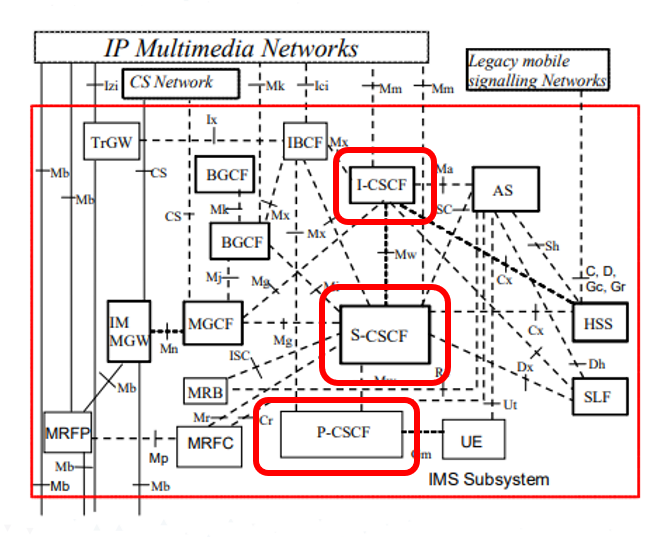
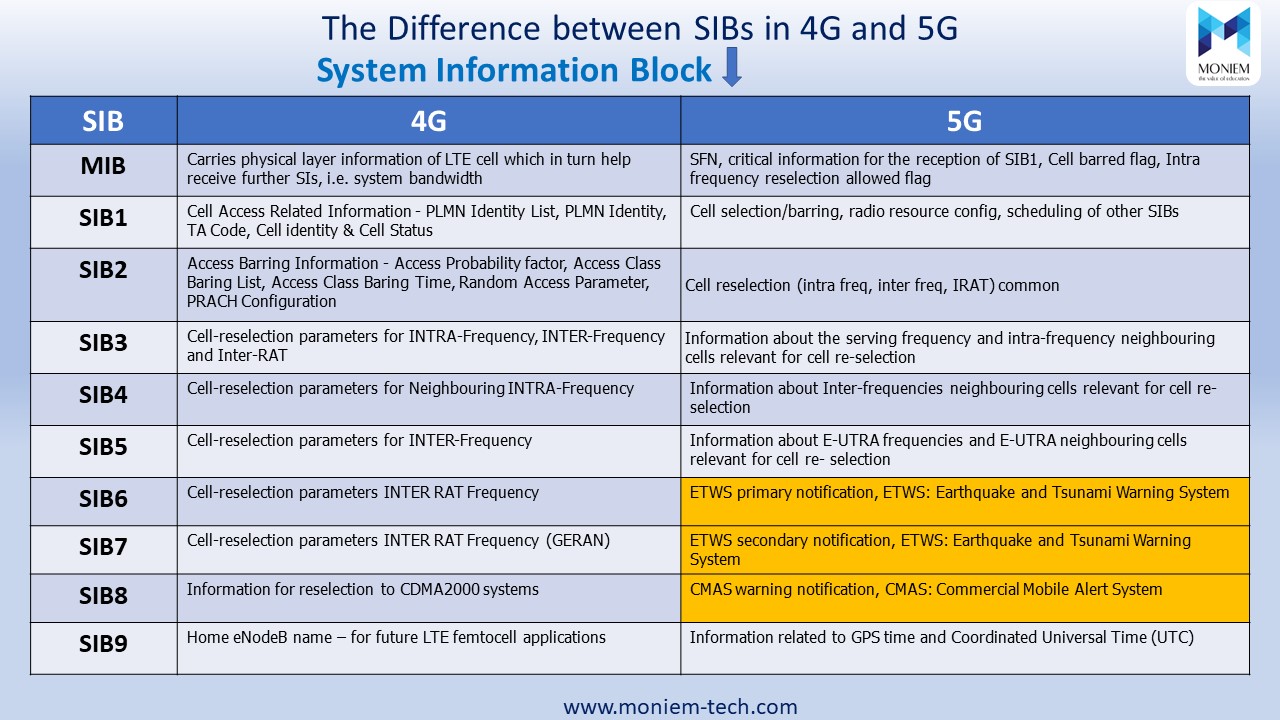
As you may know that UE can access the network if it can receive some of the System Information (SI) from the Cell (Mandatory). So Let’s understand the main difference between SIBs in 4G and 5G NR. 🧧 Difference Number 1 LTE MIB, SIB1, and SIB2 are mandatory for the UE to access a cell […]
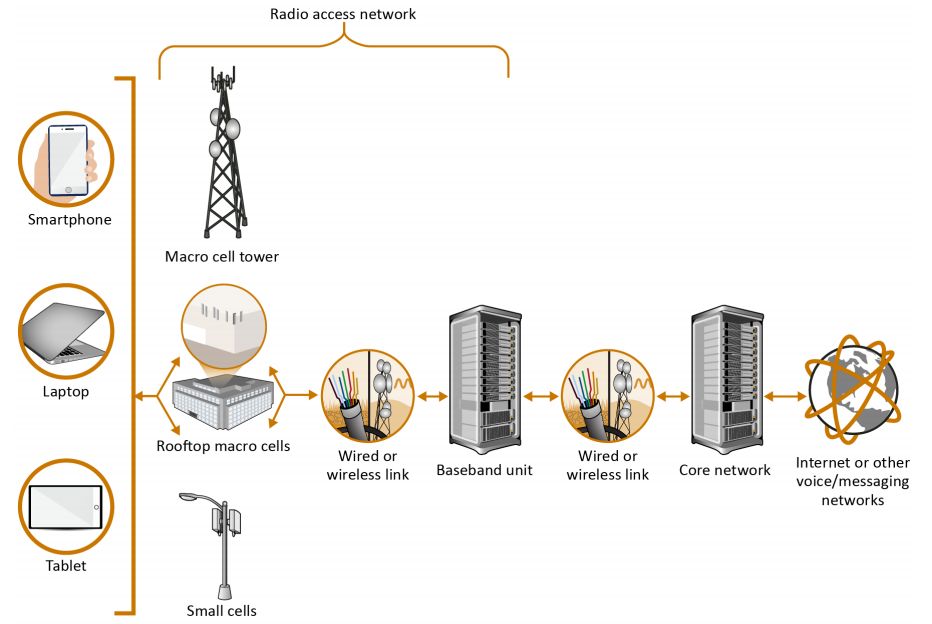
The device connects over the Radio Access Network (RAN), which defines and manages the radio link between the customer device and the rest of the network. The RAN comprises cellular base stations (BTS in 2G, NodeB in 3G,eNodeB in 4G, and gNB in 5G), wired or wireless links, and a baseband unit that processes the […]
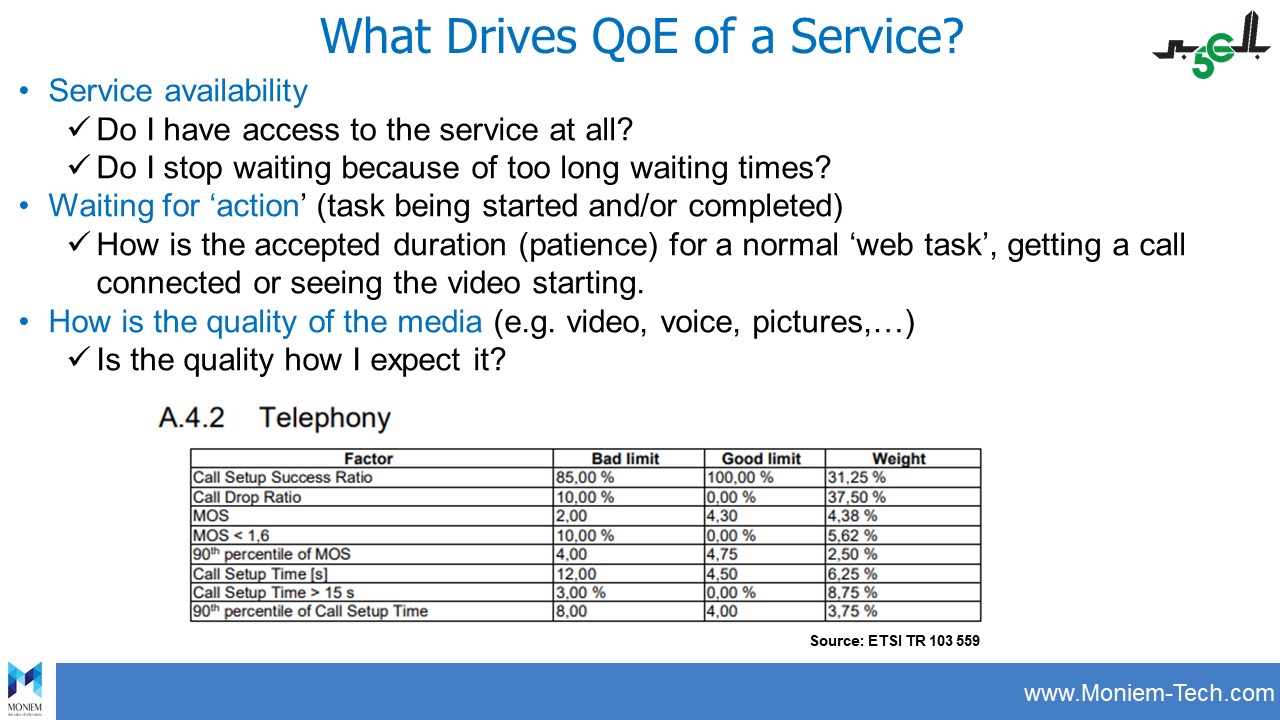
The accurate benchmarking and scoring of networks that cover large geographic areas requires careful consideration of a number of factors. These include the technology used, the extent of coverage offered, mobile device evolution, customer population distribution, network usage, and tariff offerings. Best QoE [Quailty of Experience] in daily life for a customer guarantees satisfaction and […]

VoLTE is the all-IP method that tightly links the voice application to the LTE network to assure the best subscriber experience in terms of performance, reliability, interoperability and global roaming. The Value of VoLTE It integrates voice with 4G LTE to ensure the critical reliability and quality of that voice service. It ensures subscribers continue […]
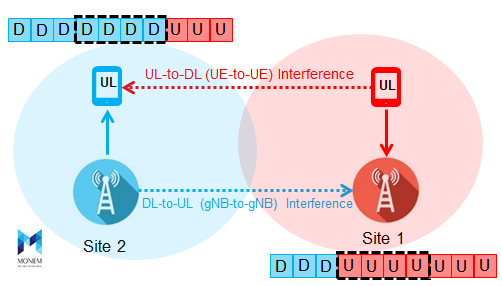
Duplexing is one of the most important factors that impact the performance of 5G networks in terms of its wide-area coverage. 5G NR gives support to multiple duplex modes, that includes static TDD, FDD, and flexible duplexing. It is expected that 3.5GHz TDD is the first spectrum for early 5G deployments. Static TDD, the UL/DL […]
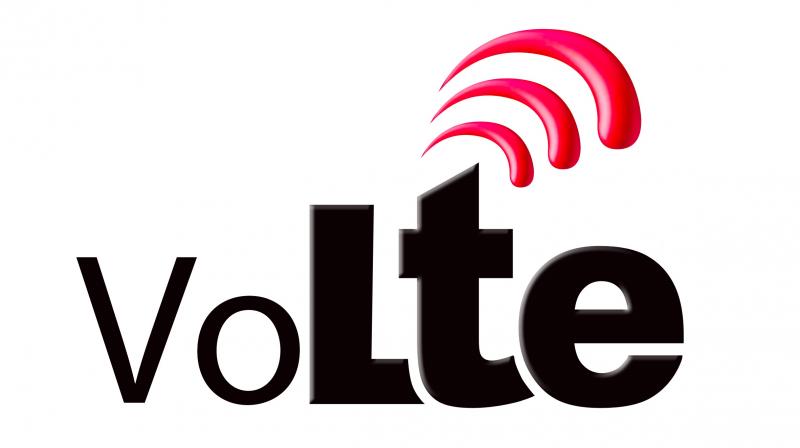
VoLTE Call Flow: Turing on the VoLTE-enabled devices (e.g., smartphones) connects it to the LTE network infrastructure. Then, two default EPS bearers are assigned – one for SIP signaling with a non-GBR QCI value of 5 and the other for the LTE network with a non-GBR QCI value (from 5 to 9). The QoS Class […]

Depending on the modulation technique, each symbol stands for bits and each data point represents a different bit pattern. QPSK, 16QAM, and 64QAM are used by LTE devices to modulate data and control information. The eNodeB supports all of these modulation techniques for the Down Link direction. However, 64QAM is optional in the Uplink direction. […]

During RRC_CONNECTED mode, if the eNodeB decides that the UE needs to perform LTE inter-frequency and inter-RAT monitoring activities, it will provide the UE with a measurement configuration which includes a monitoring gap pattern sequence. Similar mechanisms exist in UMTS (known as ‘Compressed Mode gaps’ and ‘FACH Measurement Occasions’ depending on the state and capabilities […]

Different channels are used for data to be transported through the LTE radio interface. These channels are used to separate the various types of data and allow the data to be transported across the radio network in an organized manner. Effectively the different channels provide interfaces to the higher layers within the LTE protocol structure […]
